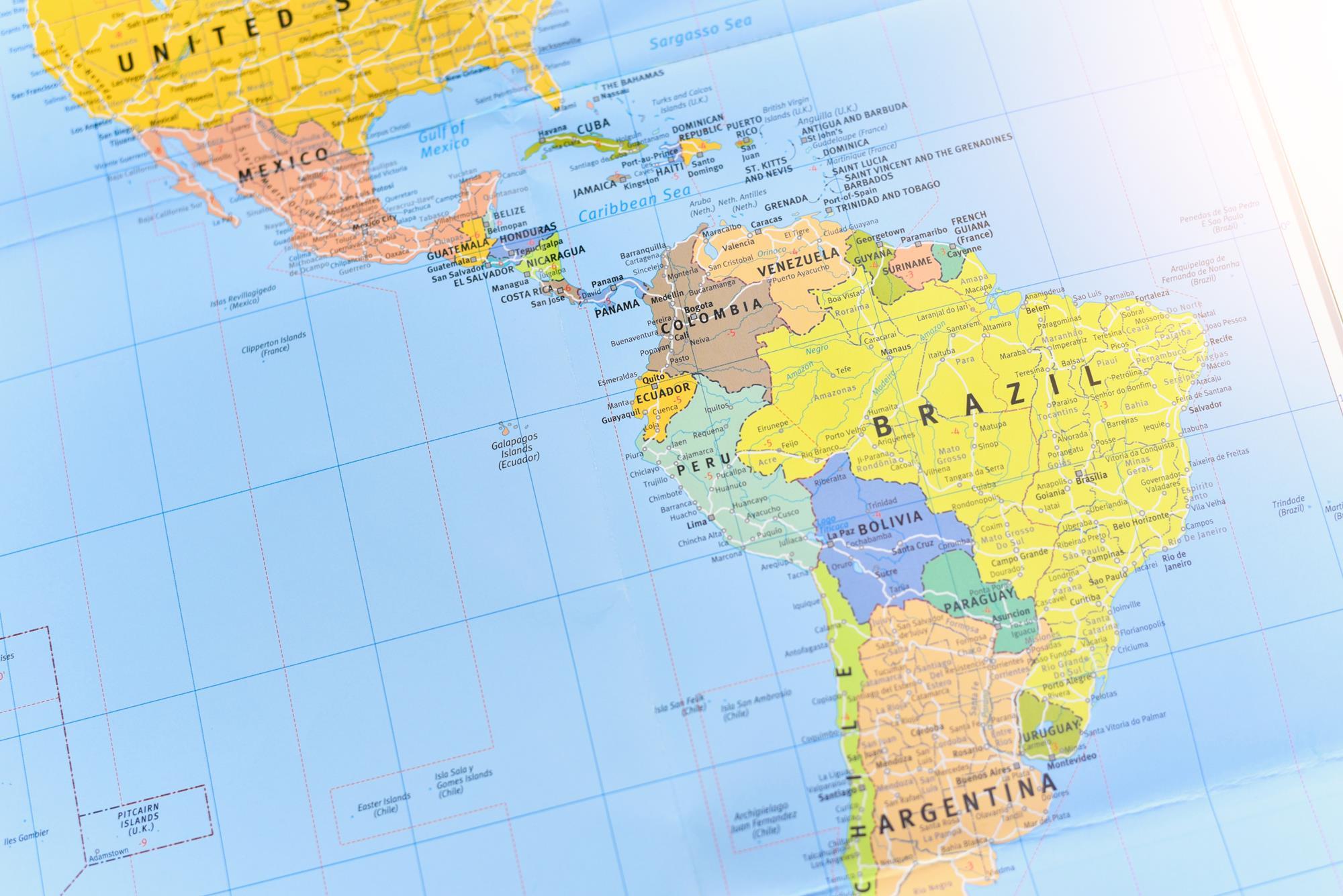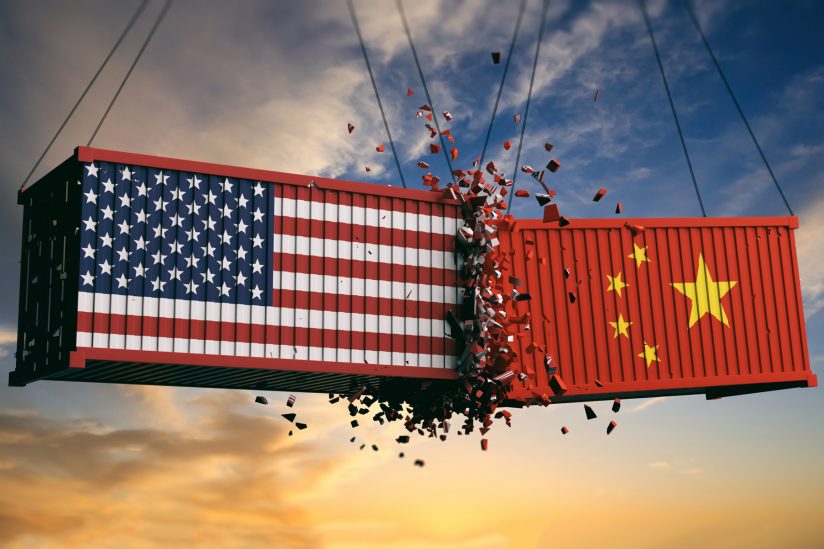The North American Free Trade Agreement (NAFTA) will be on the table this week as United States President Donald Trump carries out a campaign promise to renegotiate the 23-year old trade pact.
While many economists will agree it NAFTA has significantly aided the US economy, there have been job losses due to trade competition, modernization of certain sectors and implementation of new technologies. Continuing our series on the Trump administration and its impact on Latin American economies, Mexico, in particular, we examine the benefits of NAFTA as it takes center stage this week as renegotiations begin.
Early Days
Canada, Mexico and the US had begun lowering tariffs and removing trade barriers in the 1980s. The US and Canada had signed a bilateral free trade agreement, the CFTA, on October 3, 1987. During the same period, Mexico had already begun a process of unilaterally liberalizing trade. “As a result, trade between the three countries grew 155 percent in the decade before NAFTA. The increase in trade came naturally given the geographic proximity of the three countries,” Juan Pablo Fuentes, an economist with Moody’s Analytics explains.
Trade with Mexico quickly increased within the first decade of NAFTA, with both exports and imports nearly doubling in the first four years alone. The initial years of the pact were marked by an especially large increase in Mexican manufacturing exports, deepening the trend of export diversification that began in the mid-1980s.
Trade in energy and petrochemicals also increased in the first years of the pact, although at a much slower rate, with Mexican shipments of crude oil accounting for less than 10% of total exports bound for the US by the end of the decade.
NAFTA A Net Positive
Numerous academic research reports and studies support the thesis that NAFTA has brought economic benefits for all three members. Mexico, the least developed economy, has probably been the biggest benefactor of the trade pact, the most if only because it was the most closed economy to start with. “Mexico has gained in terms of manufacturing exports, jobs, and an increase in foreign direct investment,” said Fuentes.
The US and Canada have also benefited. Consumers in these two countries, in particular, have been the big winners. The price of tradable goods has increased at a slower pace than overall prices in the last two decades thanks to the elimination of import tariffs. At an aggregated level, these gains have more than offset the loss in manufacturing jobs in certain areas such as autos and textiles.
NAFTA has “undoubtedly” supported trade and growth in the hemisphere, however, the trade agreement by itself does not assure economic progress for any of its members. “To take advantage of the opportunity NAFTA presents, governments must implement other policies aimed at supporting the creation of jobs while providing a stable macroeconomic environment,” added Fuentes.
Photo Credit: Bill Clinton signs side deal of the three-nation North American Free Trade Agreement (NAFTA) at the White House, Washington, D.C., Sept. 14, 1993. Associated Press/Ron Edmonds








